A miracle that successfully connects a computer with a brain embedded with a chip and regains paralysis of "paralysis"

Development of unmanned autonomous shipOr embed a very small chip in the brainPTSD Implant TherapyThe US Defense Advanced Research Projects Agency (DARPA), who is engaged in the research of the United States Defense Advanced Research Projects Agency (DARPA), embeds a chip in the brain of a quadriplegic paralyzed person, connects to the robot arm, and touches the robot arm, the subject feels a touch sensation I succeeded the experiment of feeling.
* The following movies and articles show the state of surgery to embed microchip in the brain. People who are not good at it need attention.
Providing a Sense of Touch through a Brain-Machine Interface - YouTube
Intracortical microstimulation of human somatosensory cortex | Science Translational Medicine
http://stm.sciencemag.org/content/early/2016/10/12/scitranslmed.aaf8083
Brain chips let a paralyzed man feel touch through a robotic arm - The Verge
http://www.theverge.com/2016/10/13/13269824/brain-implant-chip-feel-touch-robot-arm-paralyzed-tetraplegia
This experiment was conducted by the research team of the University of Pittsburgh supported by DARPA.

Subject Nathan Copland. Mr. Copland damaged his neck due to a traffic accident, both hands are paralyzed.

Copland performs surgery to embed chips in the brain. It is said that this was done with a complete volunteer.

Surgery is one of the brains on the outer side of the cerebrumAfter the centerIt embeds two microchips in. The center posterior times, such as skin sensation from the body partSomatosensory sensationThe area to receive input of. Since the image after clicking is not blurred, you can see in what state the microchip is embedded in the brain.

The micro tip embedded in the center posterior connection is directly connected to the robot arm with a cable. A tactile sensor is embedded in the fingertip of the robot arm.
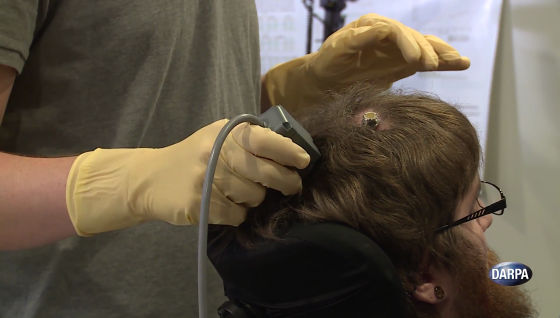

The experiment started with Mr. Copland blindfolded. When touching the thumb of the robot arm, Mr. Copland replies "thumb" and when you touch the little finger it answers "little finger". In 20 tests, Mr. Copland was able to accurately answer all touched fingers. In other words, the feeling of touching the fingers of the robot arm is transmitted to Mr. Copland via the microchip.
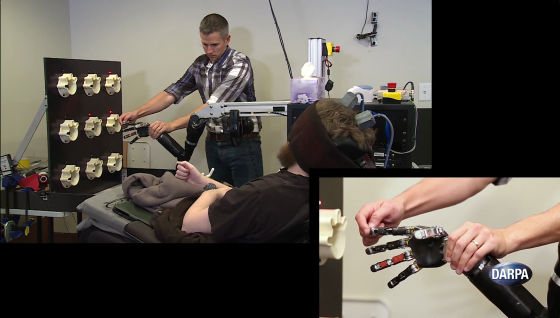
The electric signal received by the tactile sensor is transmitted to the microchip via the cable, and it is said that the center post round accurately receives it.
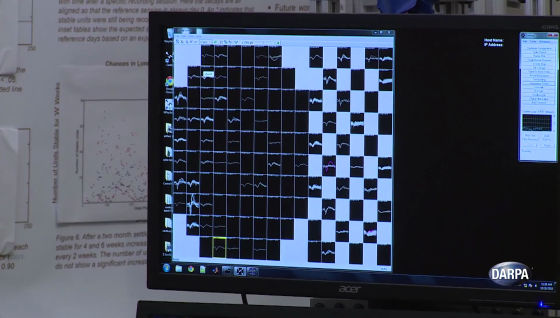
Mr. Copland tells us why he approved the experiment because "only I can do, and someone needs to do it."
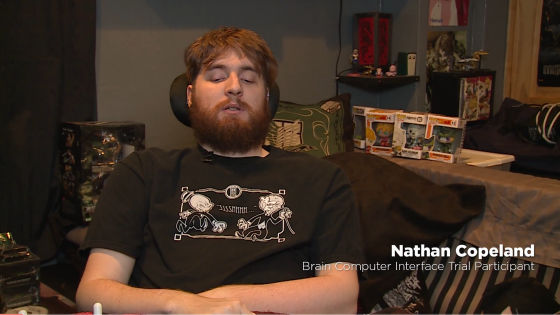
"Nathan paralyzed from the neck downwards in a traffic accident 10 years ago, I can move the shoulder a little bit but I can not move my fingers at all", said Robert L. Dr. Ghant.
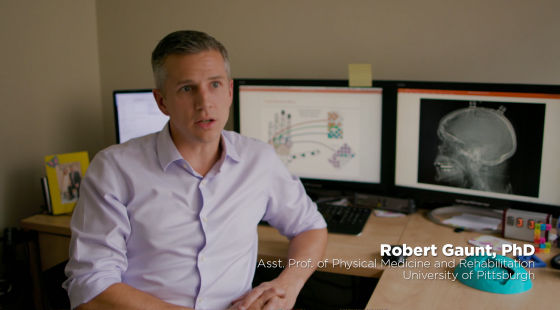
"The feeling of touching something is very important, it is really difficult to move your arms and legs without this, especially the feeling of hands and fingers is necessary in every and every daily scene."

Dr. Elizabeth Tyler Kabbalah says, "What we were most concerned about was" to embed microchips in the brain. "Prior to implant surgery, it took a long time to gather various data and surgery We have done a lot of research, experiments and meetings on whether to succeed, before signs of surgery all the participating doctors signed a consent form to bear the responsibility. "
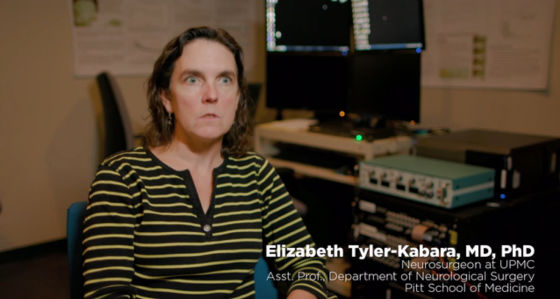
"It is a very strange feeling, the touch sensation was an electrical stimulus, or it was like the feeling that the skin was really pressed," Copland says after the experiment shows a joyful look It was.
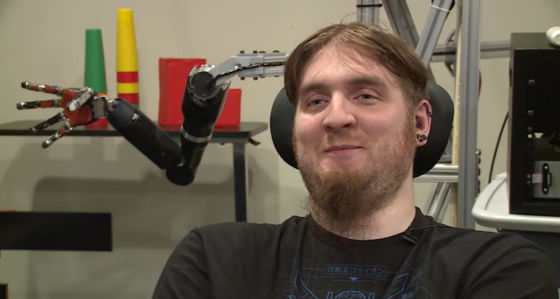
DARPA and the University of Pittsburgh had previously succeeded in experiments of connecting arms freely by connecting the brain and the robot arm and this experiment is on the extension of that.
Related Posts:







